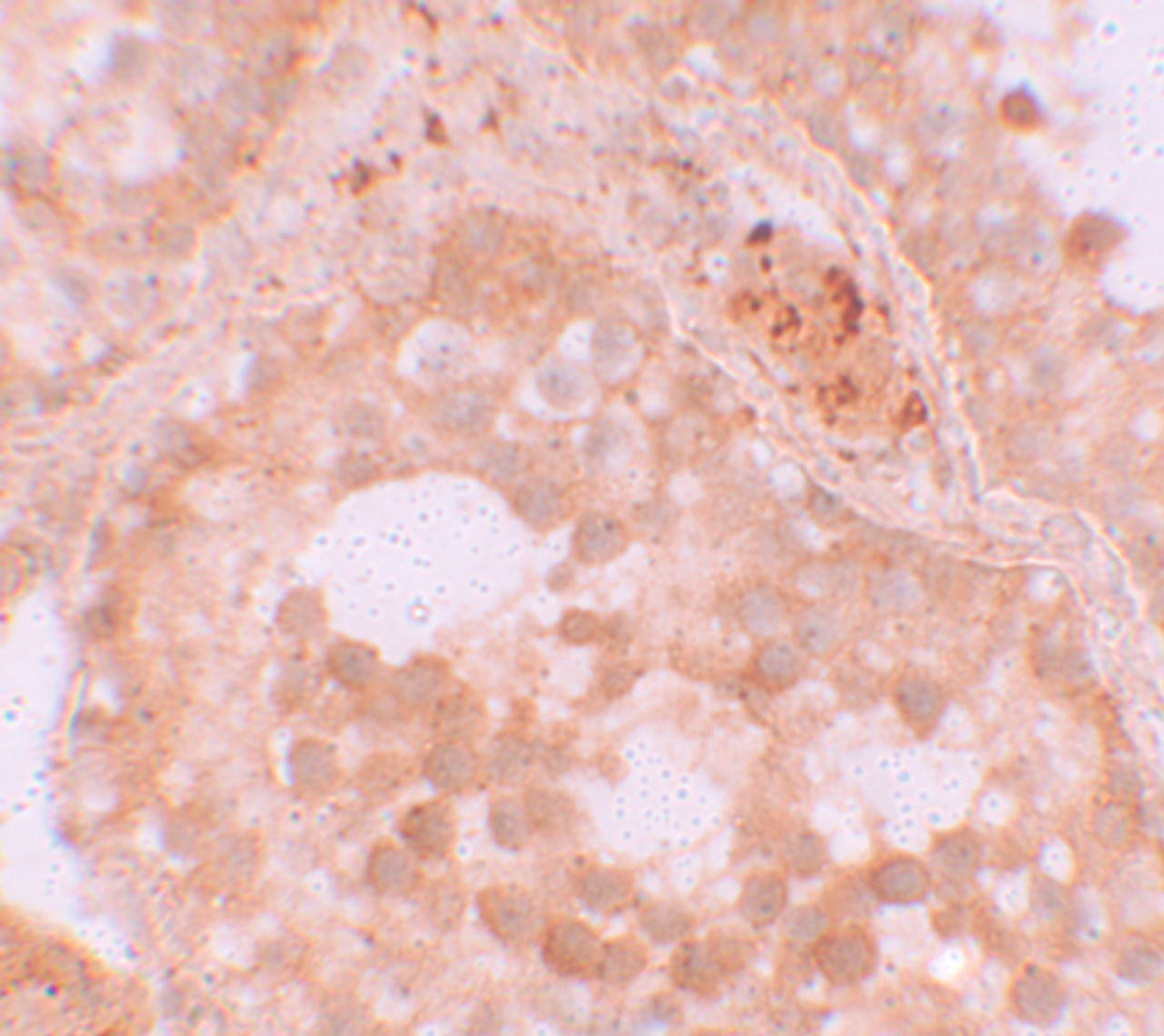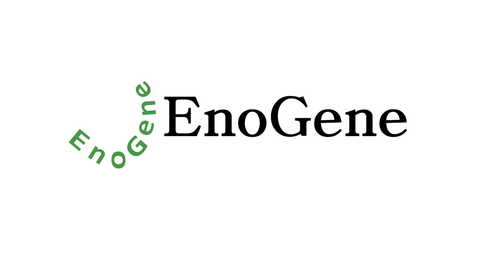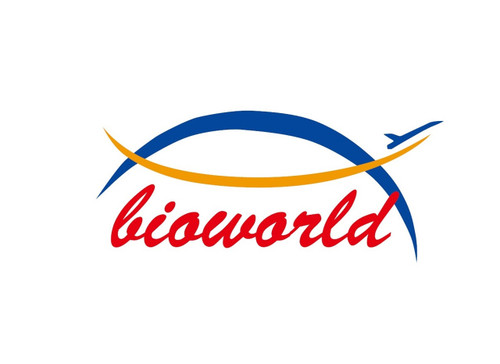Product Description
WDR92 Antibody | 5883 | ProSci
Host: Rabbit
Reactivity: Human, Mouse
Homology: Predicted species reactivity based on immunogen sequence: Bovine: (100%)
Immunogen: WDR92 antibody was raised against a 21 amino acid synthetic peptide near the center of human WDR92.
The immunogen is located within amino acids 140 - 190 of WDR92.
Research Area: Apoptosis
Tested Application: E, WB, IHC-P, IF
Application: WDR92 antibody can be used for detection of WDR92 by Western blot at 1 - 2 μg/mL. Antibody can also be used for immunohistochemistry starting at 10 μg/mL. For immunofluorescence start at 20 μg/mL.
Antibody validated: Western Blot in human samples; Immunohistochemistry in human samples and Immunofluorescence in human samples. All other applications and species not yet tested.
Specificiy: N/A
Positive Control 1: Cat. No. 1305 - Human Kidney Tissue Lysate
Positive Control 2: Cat. No. 11-701 - Human Testis Tissue Slide
Positive Control 3: N/A
Positive Control 4: N/A
Positive Control 5: N/A
Positive Control 6: N/A
Molecular Weight: N/A
Validation: N/A
Isoform: N/A
Purification: WDR92 Antibody is affinity chromatography purified via peptide column.
Clonality: Polyclonal
Clone: N/A
Isotype: IgG
Conjugate: Unconjugated
Physical State: Liquid
Buffer: WDR92 Antibody is supplied in PBS containing 0.02% sodium azide.
Concentration: 1 mg/mL
Storage Condition: WDR92 antibody can be stored at 4˚C for three months and -20˚C, stable for up to one year. As with all antibodies care should be taken to avoid repeated freeze thaw cycles. Antibodies should not be exposed to prolonged high temperatures.
Alternate Name: WDR92 Antibody: WD repeat-containing protein 92, WD repeat-containing protein Monad
User Note: Optimal dilutions for each application to be determined by the researcher.
BACKGROUND: WDR92 Antibody: WD40 repeats are a common structural module in eukaryotic proteins, and proteins containing WD40 domains have a wide range of functions, including signal transduction, cell cycle regulation, RNA splicing, and transcription. One such protein, WDR92, also known as monad, contains two WD40 repeats is widely expressed in human tissues, especially testis. Overexpression of this protein or its binding partner RNA polymerase II-associated protein 3 (RPAP3) potentiated apoptosis and caspase-3 activation induced by TNF-α and cycloheximide, suggesting that WDR92, together with RPAP3, may function as a novel modulator of apoptosis.
 Euro
Euro
 USD
USD
 British Pound
British Pound
 NULL
NULL
















